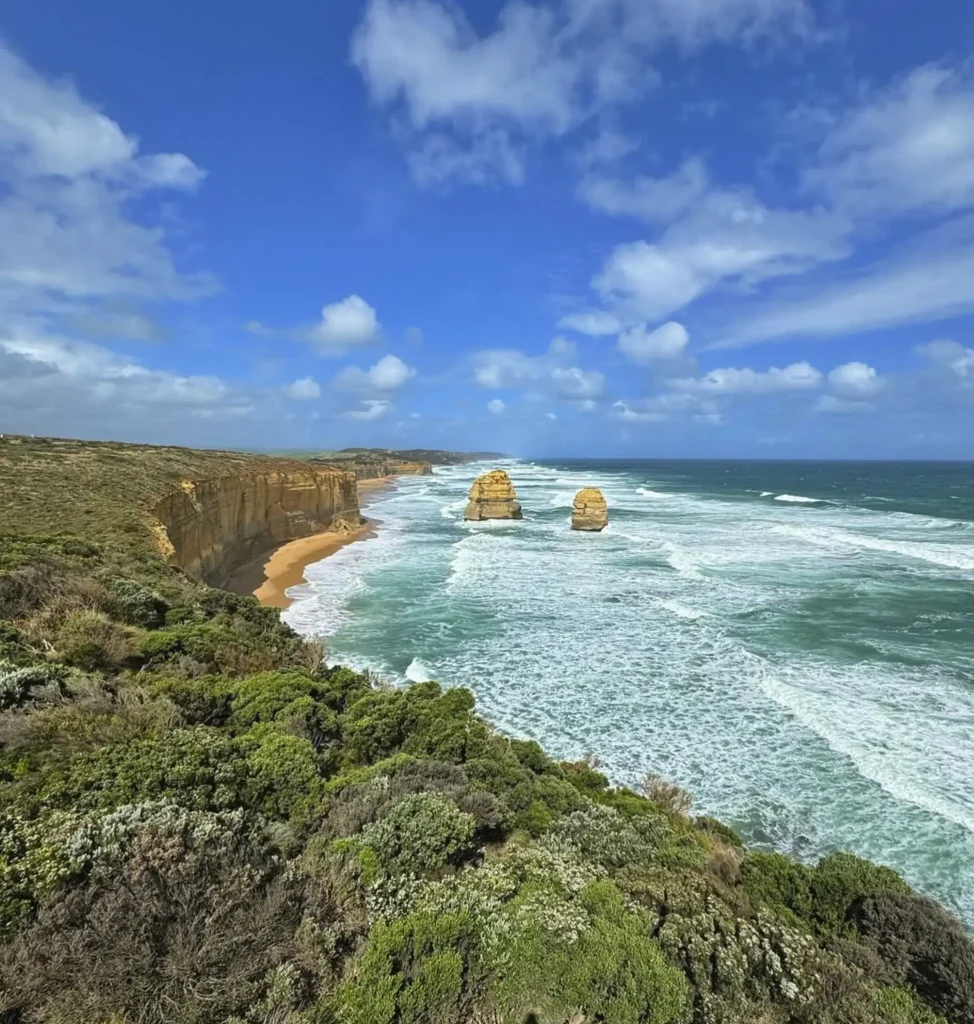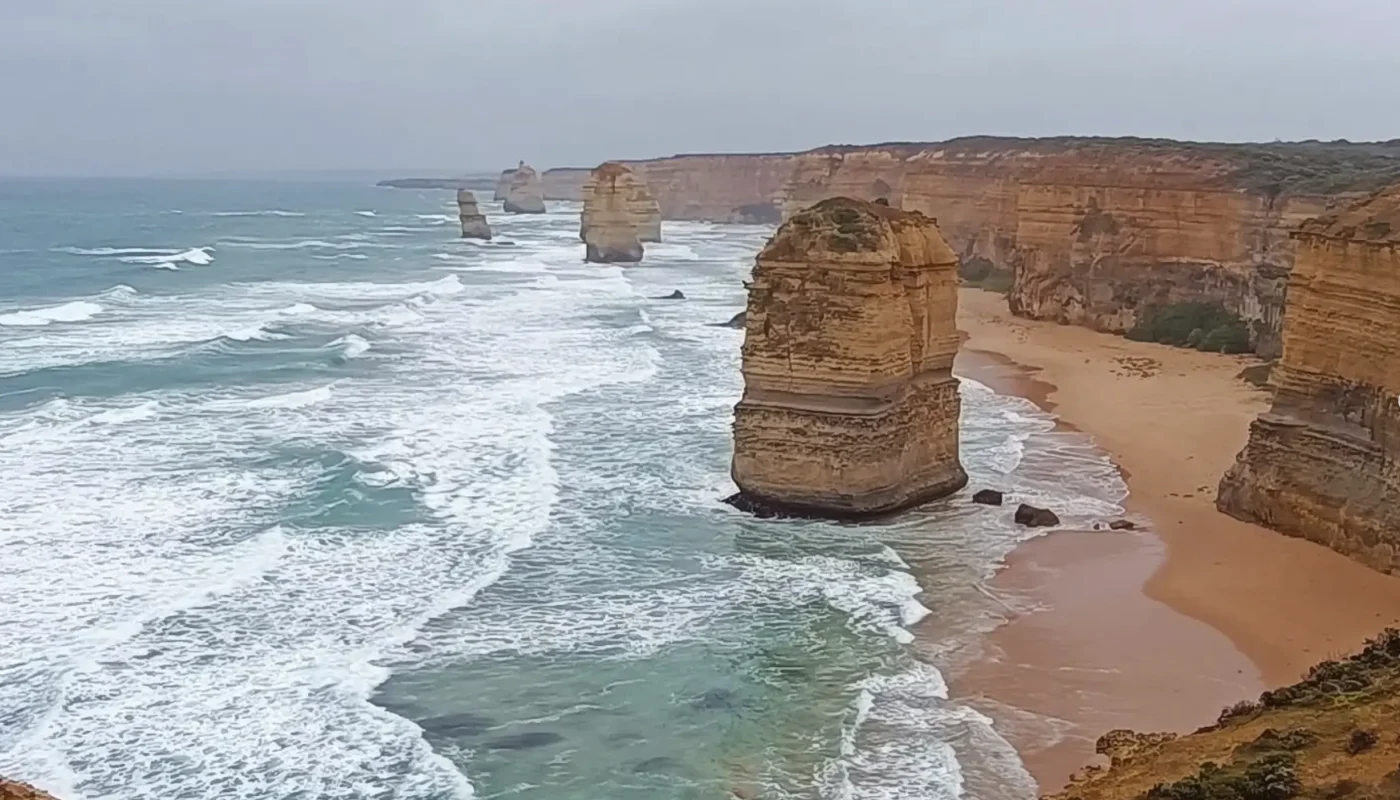The Great Ocean Road, along Australia’s south coast, is a trip like no other. From Bells Beach, famous for its surf, to the endless blue of the Southern Ocean, the journey has stunning views, cliffs, wildlife and a deep sense of Australian history.

This 240km scenic route is more than just a Melbourne tours Great Ocean Road – it’s a trip through seaside towns, inland routes, rainforests and historic sites of the Shipwreck Coast. If you want to do the trip of a lifetime this guide will take you through the best drives, top stops and natural wonders that make the Great Ocean Road a world famous destination.
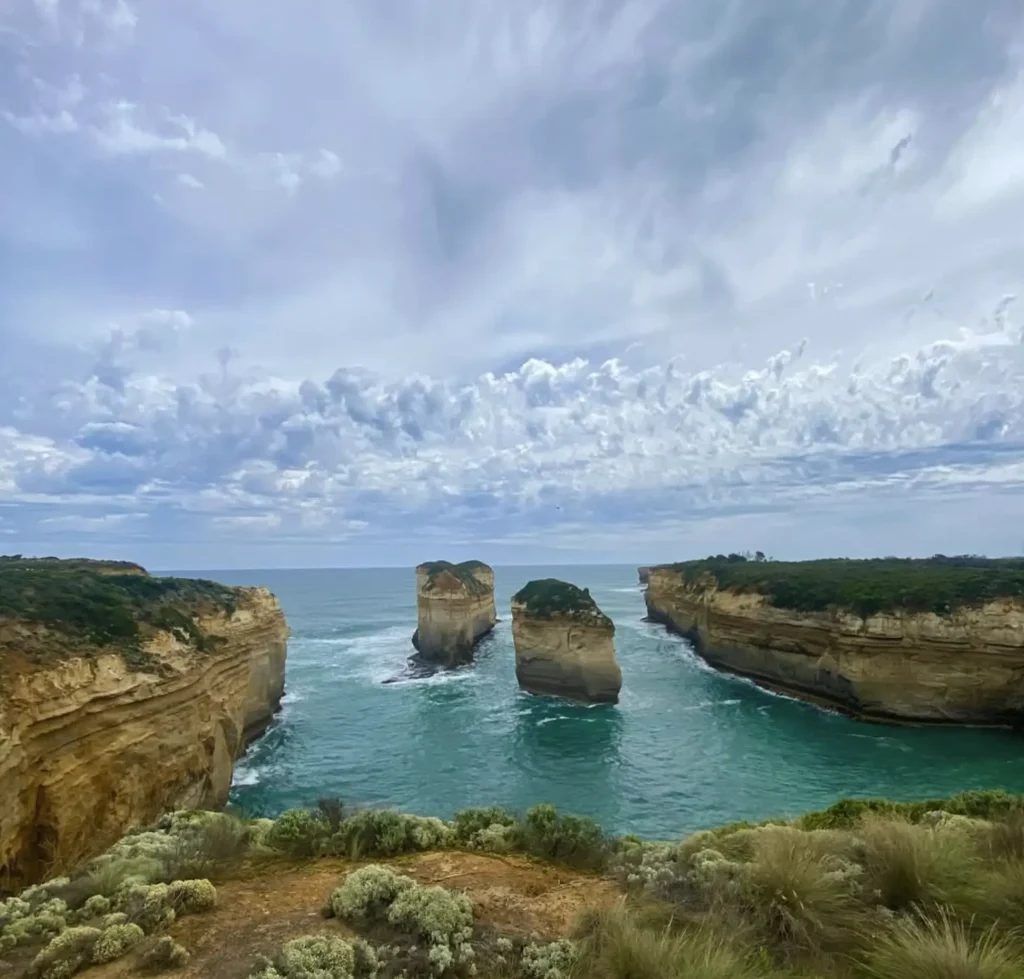
Torquay to Lorne (50km)
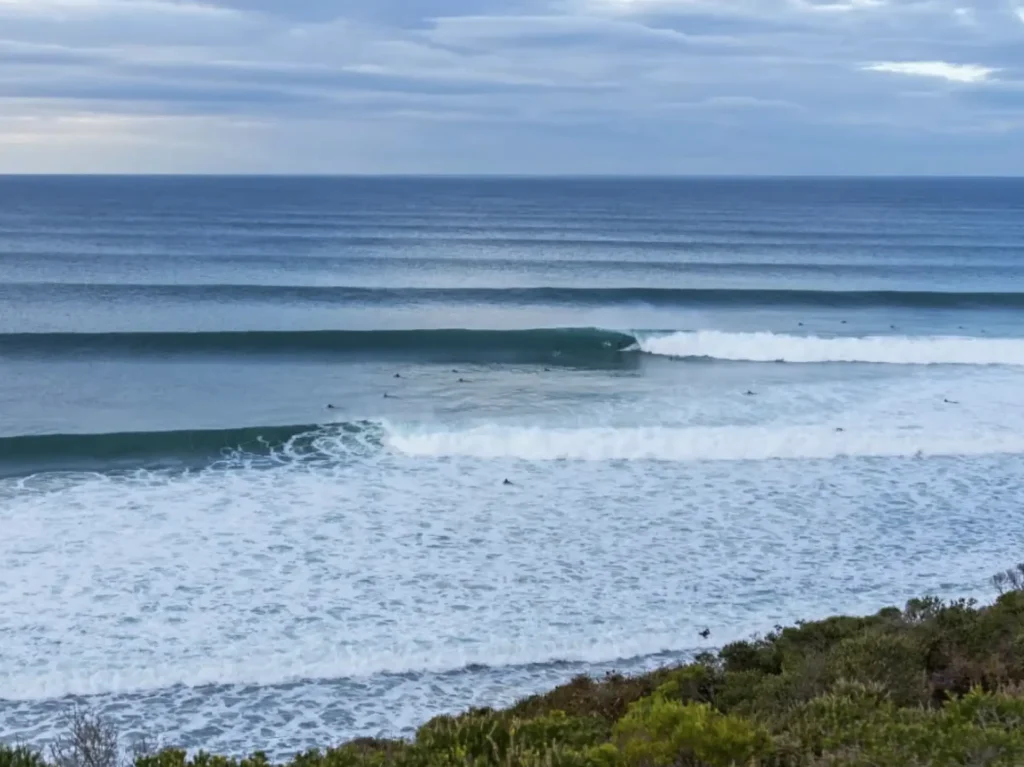
Starting in Torquay, home to Bells Beach and Winki Pop, two of the world’s most famous surf spots, this section of the drive gets you into the coastal zone.
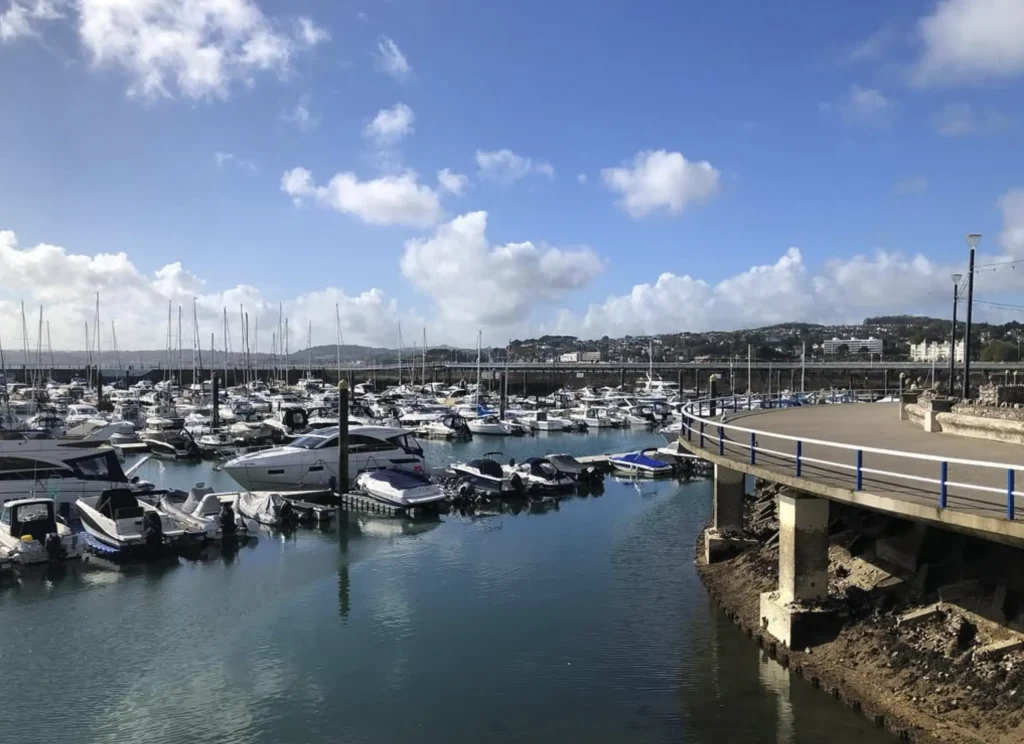
The road follows the rugged coast, with stunning views of the Southern Ocean. Be sure to stop at:
- Bells Beach: Watch the pros tackle the waves at this legendary surf beach.
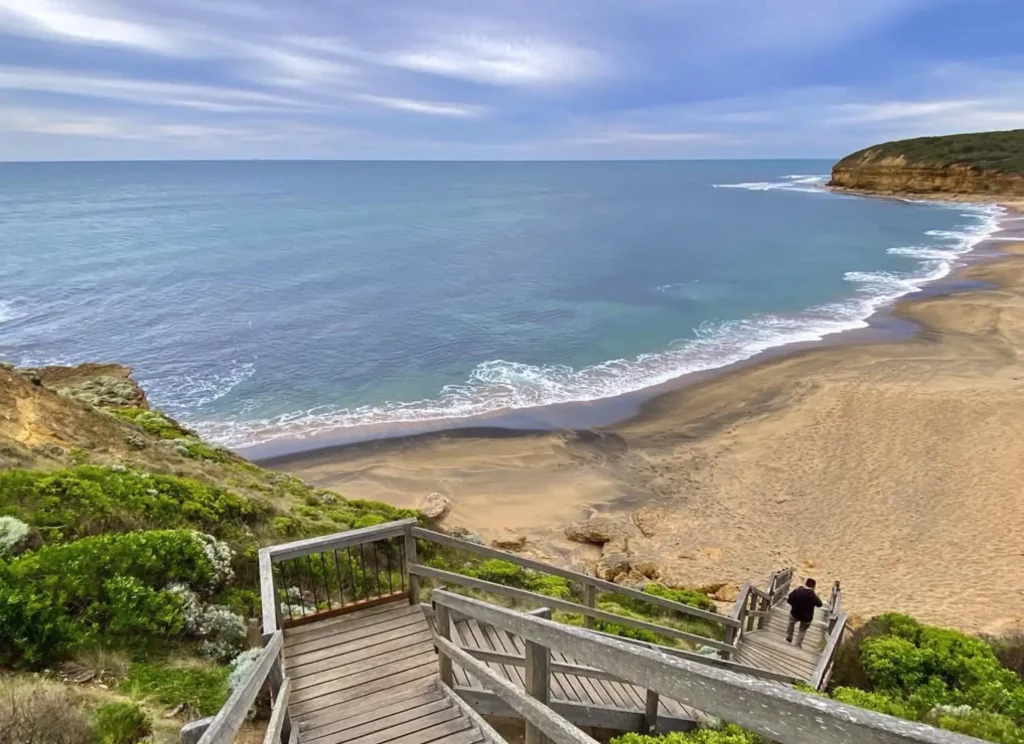
- Aireys Inlet: Take a break at the Split Point Lighthouse and enjoy the views.
- Lorne: A lovely seaside town, Lorne is relaxed, boutiquey and has beachside cafes. While in Lorne, visit Erskine Falls or take a detour to Lake Elizabeth for a peaceful walk.
Lorne to Apollo Bay (45km)
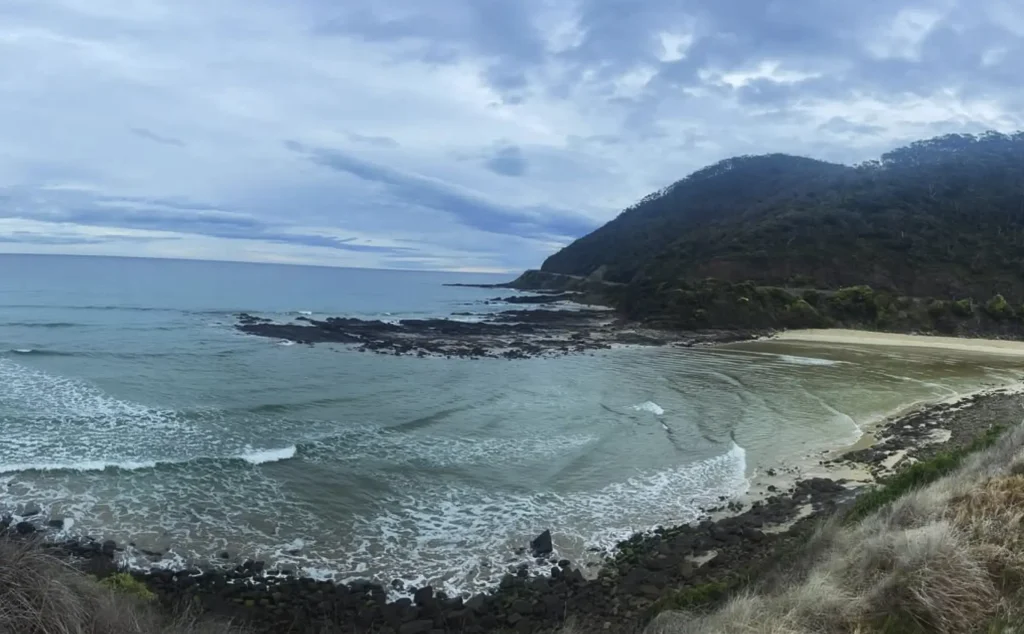
The drive from Lorne to Apollo Bay is one of the most scenic sections of the Great Ocean Road. The road continues to wind through coastal cliffs and rainforests, with the Southern Ocean as a backdrop. This is the section for nature lovers and outdoor enthusiasts. Points of interest:
- Teddy’s Lookout: One of the best views of the coastal road and its many twists and turns.
- Kennett River: Koala country, stop and observe native wildlife in their natural habitat.
- Triplet Falls: In Great Otway National Park, Triplet Falls is a must see for waterfall enthusiasts, surrounded by giant ferns and eucalyptus.
- Apollo Bay: A relaxed coastal town, Apollo Bay is a great place to stop for the night. Long beaches and fresh seafood, and close to Maits Rest where you can take a rainforest walk and see the giant eucalyptus trees.
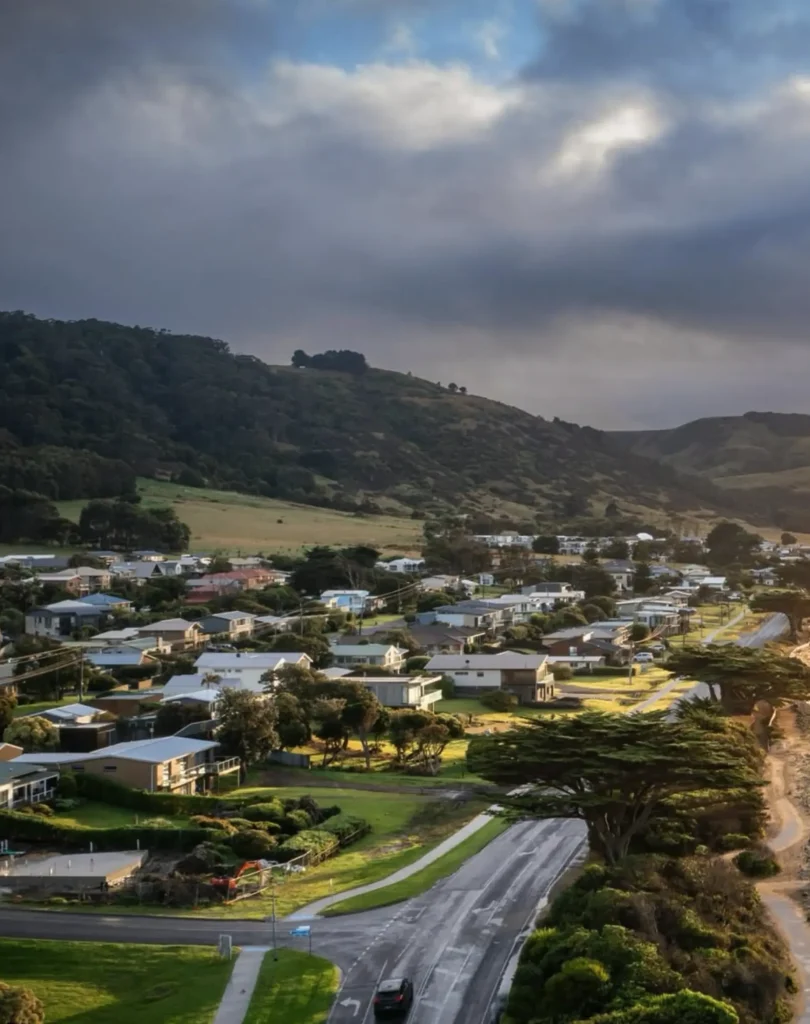
Apollo Bay to Cape Otway (30km)
From Apollo Bay, head inland to Cape Otway, one of the most biodiverse areas of the Great Ocean Road.

Here, the Otway National Park invites you to immerse yourself in the rainforest and dramatic landscapes. This area is also home to several famous natural attractions and activities:
- Maits Rest Rainforest Walk: An easy walk through dense rainforest, perfect for anyone who wants to experience sky-high rainforests and giant ferns up close.
- Cape Otway Lighthouse: As Australia’s oldest lighthouse the Cape Otway Lighthouse stands proudly on the edge of the coastline. Learn about the lighthouse’s role in guiding ships along the Shipwreck Coast.
- Otway Fly Treetop Adventures: Walk among the treetops with this unique adventure park featuring a canopy walk high above the forest floor, with stunning views of the rainforest below.
Cape Otway to Port Campbell (80km)

The next section of the journey takes you through the most famous part of the Great Ocean Road, known for its towering limestone stacks, rugged coastline and iconic natural wonders. This stretch is home to some of Australia’s most famous landmarks:
- Port Campbell National Park: This park is famous for its coastal scenery and natural wonders, including the Twelve Apostles and London Bridge. The towering limestone stacks of the Twelve Apostles are breathtaking at sunrise or sunset when the light casts an otherworldly glow over the rocks.
- London Arch: Formerly known as London Bridge, this natural archway once connected to the mainland before it collapsed in 1990, leaving two tourists stranded who were rescued by helicopter.
- Gibson Steps: A short walk down these steps takes you to the base of the cliffs for an up close view of the massive stacks that make this area so famous.
Port Campbell to Warrnambool (70km): Into the Shipwreck Coast
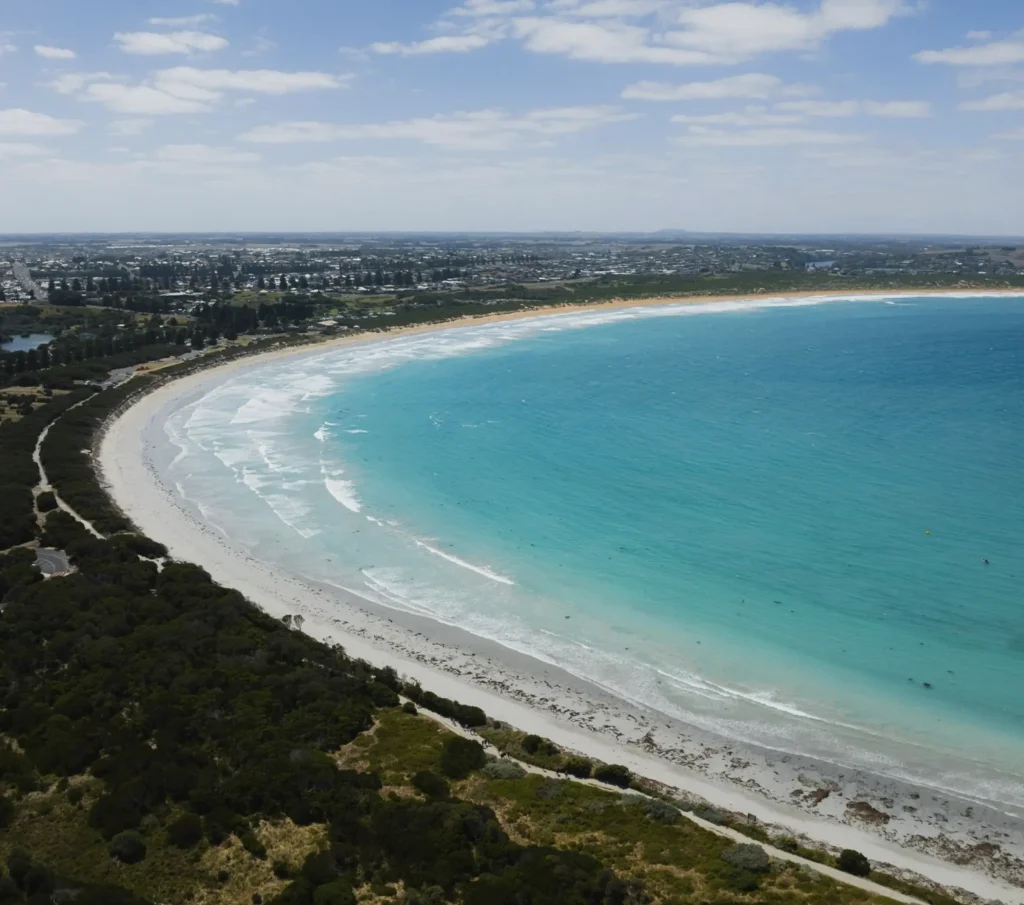
As you leave Port Campbell, the road continues on the Shipwreck Coast, which is named after the many shipwrecks that occurred in these waters. This section is rich in cultural heritage and has dramatic landscapes and wildlife viewing opportunities. Be sure to stop at:
- Bay of Islands: Less crowded than the Twelve Apostles, the Bay of Islands has similar views of offshore stone archways and natural wonders.
- Childers Cove: A hidden gem, Childers Cove is rugged and perfect for beach vibes without the crowds.

- Logan’s Beach: Just outside Warrnambool, Logan’s Beach is famous for whale watching, especially during breeding season when southern right whales come in close to shore.
- Flagstaff Hill Maritime Village: In Warrnambool this open air museum gives you insight into the area’s maritime history, including the shipwrecks that give this coast its name.
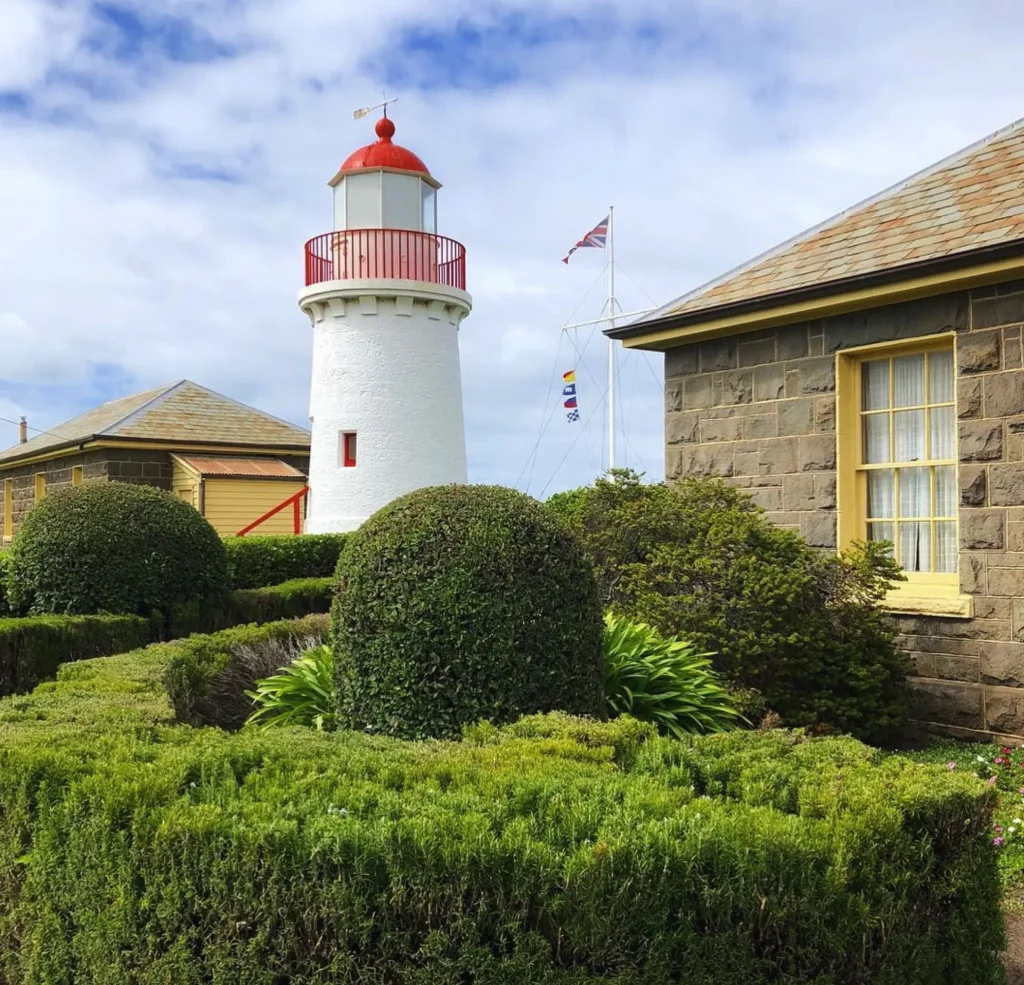
Continue Your Journey: Warrnambool to Port Fairy
From Warrnambool you can continue on to Port Fairy, a lovely coastal town with historic buildings and cultural heritage. Along the way, stop at:
- Tower Hill Wildlife Reserve: Inside a dormant volcano, Tower Hill is great for spotting Australian wildlife, emus, kangaroos and koalas.
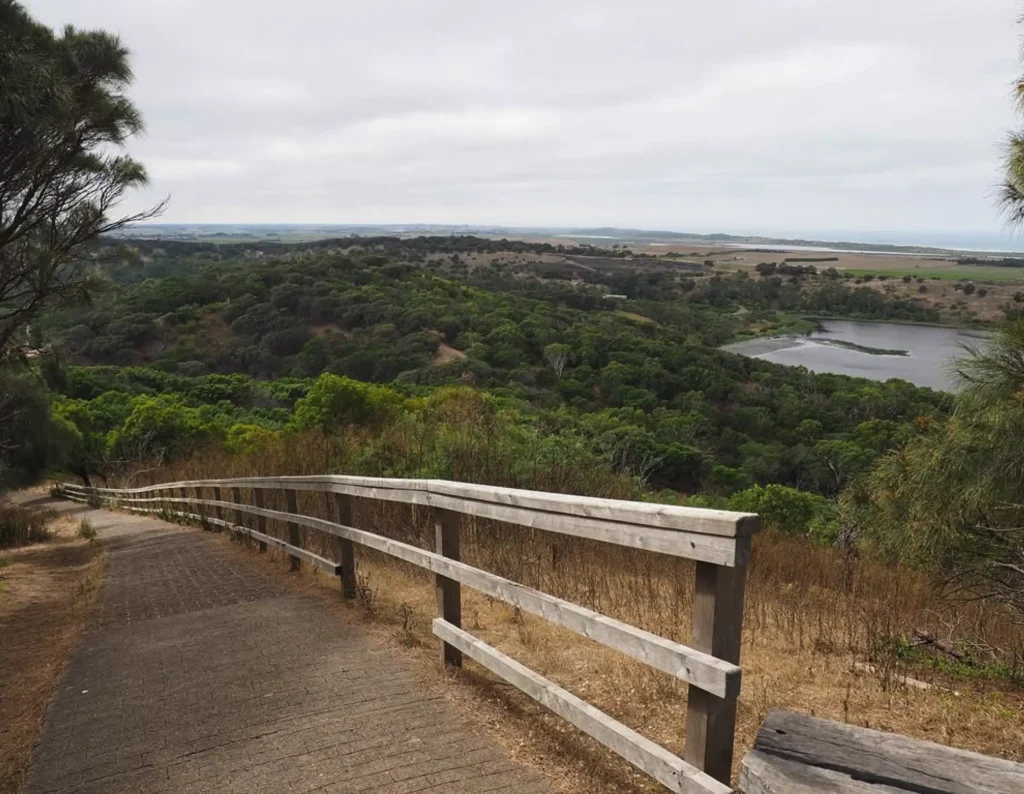
- Port Fairy: Wander through the historic streets or visit Griffiths Island, where you can see a breeding colony of mutton birds (short-tailed shearwaters).
FAQ
When should I drive the Great Ocean Road?
The best time to drive the Great Ocean Road is December to February when it’s warm. For fewer crowds, consider spring (September to November) or autumn (March to May) when it’s mild and perfect for sightseeing.
How long should I allow for the Great Ocean Road trip?
You can do the drive in a day but most people take 2-3 days to see all the scenic routes, natural wonders and cultural heritage sites along the way. Stopping overnight in Lorne, Apollo Bay, and Port Campbell allows you to take your time.
Is the Great Ocean Road family-friendly?
Yes! The Great Ocean Road is perfect for families, with plenty of stops to see native wildlife like the Kennett River and Tower Hill Wildlife Reserve. There are also shorter kid-friendly walks like the Maits Rest rainforest walk.
Can I see wildlife along the Great Ocean Road?
Yes. Koalas at Kennett River, kangaroos at Cape Otway, you’ll find plenty of native wildlife along the way. Tower Hill Wildlife Reserve and Otway National Park are also great places to see Australian animals in the wild.
What are the highlights?
The Twelve Apostles, London Bridge, Cape Otway Lighthouse. Bay of Islands, Maits Rest, Hopetoun Falls, Otway Fly Treetop Adventures.
